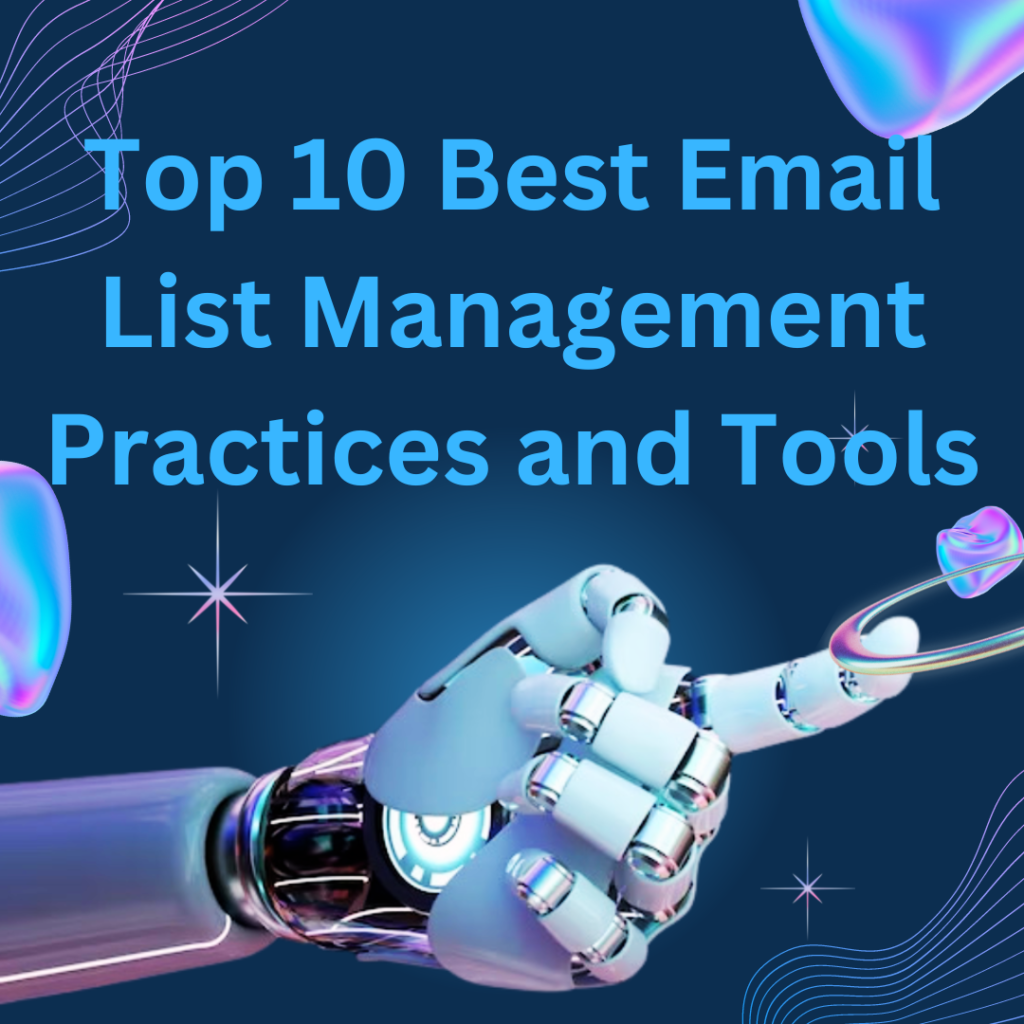
Table of Contents
ToggleTop 10 Best Email List Management Practices and Tools
Email marketing remains one of the most powerful strategies for reaching and engaging your audience. Effective email list management is crucial for maximizing the impact of your campaigns. In this blog, we’ll explore the top 10 best practices for managing your email list and highlight one standout tool for each practice.
1. Segment Your Email List
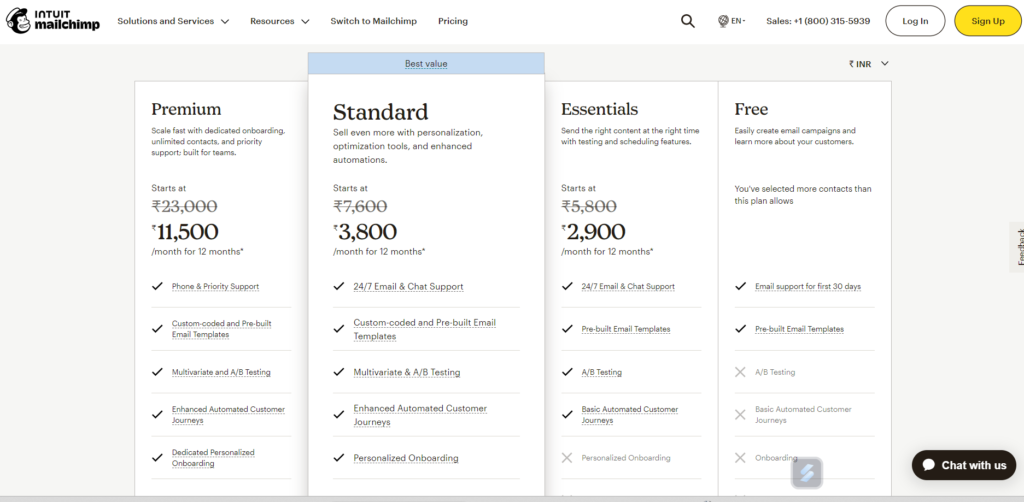
Why It Matters: Segmenting your email list allows you to send more targeted and relevant messages, which increases engagement and conversion rates.
How to Do It:
- Demographics: Organize subscribers by age, gender, or location.
- Behavioral Data: Segment based on past interactions and purchase history.
- Engagement Levels: Create groups for active and inactive subscribers.
Recommended Tool:
Mailchimp — Known for its robust segmentation capabilities, Mailchimp helps you create detailed audience segments for more effective targeting.
2. Regularly Clean Your Email List
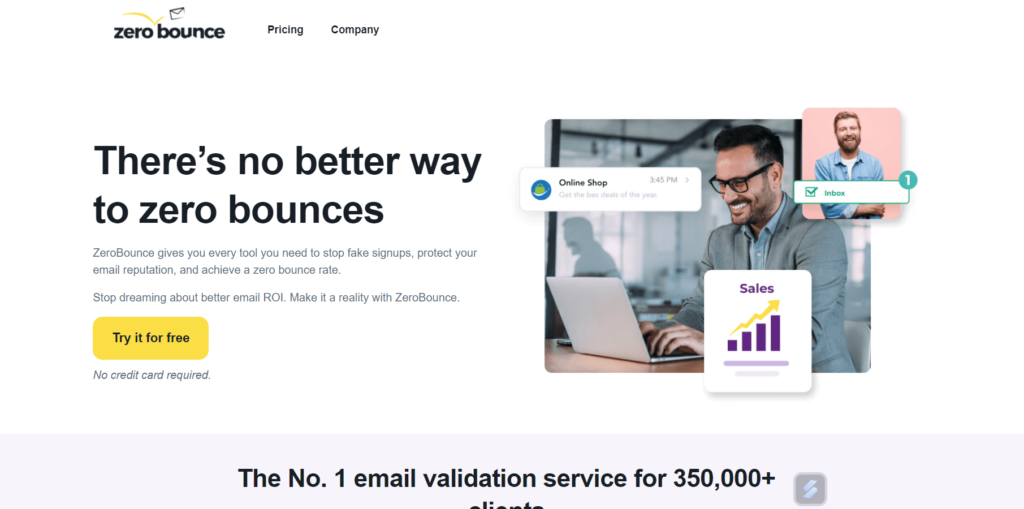
Why It Matters: An updated email list reduces bounce rates and improves deliverability, ensuring your messages reach the right audience.
How to Do It:
- Remove Bounces: Eliminate invalid email addresses regularly.
- Manage Unsubscribes: Respect and process unsubscribe requests.
- Re-engage or Remove Inactive Subscribers: Identify and address inactive users.
Recommended Tool:
ZeroBounce — This tool provides comprehensive email validation and list cleaning services to maintain the quality of your list.
3. Use Double Opt-In

Why It Matters: Double opt-in verifies that subscribers genuinely want your emails, which enhances the quality of your list and reduces spam complaints.
How to Do It:
- Initial Signup: Send a confirmation email when users subscribe.
- Confirmation Required: Subscribers must confirm their email address by clicking a link.
Recommended Tool:
ConvertKit — Offers seamless double opt-in functionality, ensuring your subscribers are genuinely interested.
Total Money Makeover: Classic Edition Hardcover
4. Personalize Your Emails
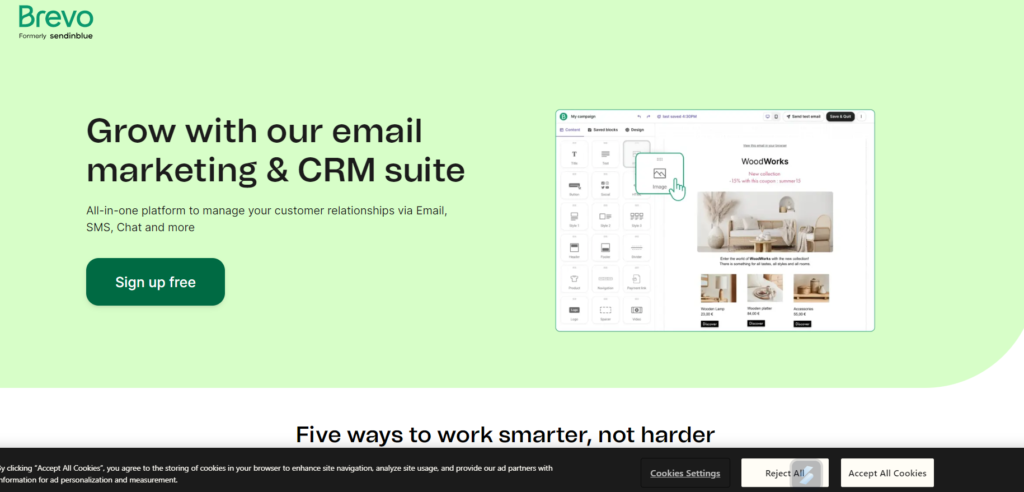
Why It Matters: Personalization makes your emails more relevant to individual subscribers, leading to higher open and click-through rates.
How to Do It:
- Dynamic Content: Customize email content based on subscriber data.
- Personalized Subject Lines: Use names or specific details to catch attention.
Recommended Tool:
Sendinblue — Provides powerful personalization features to tailor your emails based on subscriber information.
5. Optimize for Mobile Devices
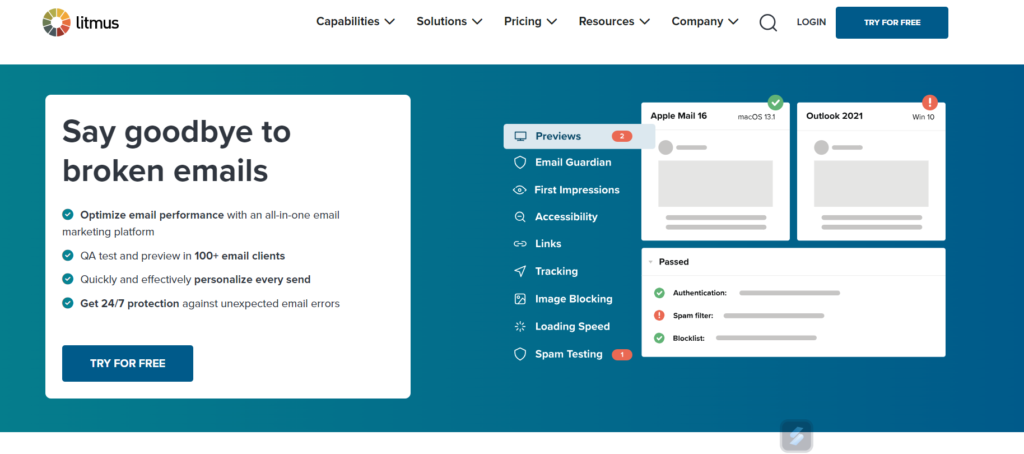
Why It Matters: A significant portion of emails are read on mobile devices. Mobile-friendly emails ensure a better user experience and higher engagement.
How to Do It:
- Responsive Design: Use email templates that adjust to different screen sizes.
- Concise Content: Keep your emails brief and easy to read on small screens.
Recommended Tool:
Litmus — Offers mobile optimization and testing to ensure your emails look great on all devices.
6. Monitor Email Performance Metrics
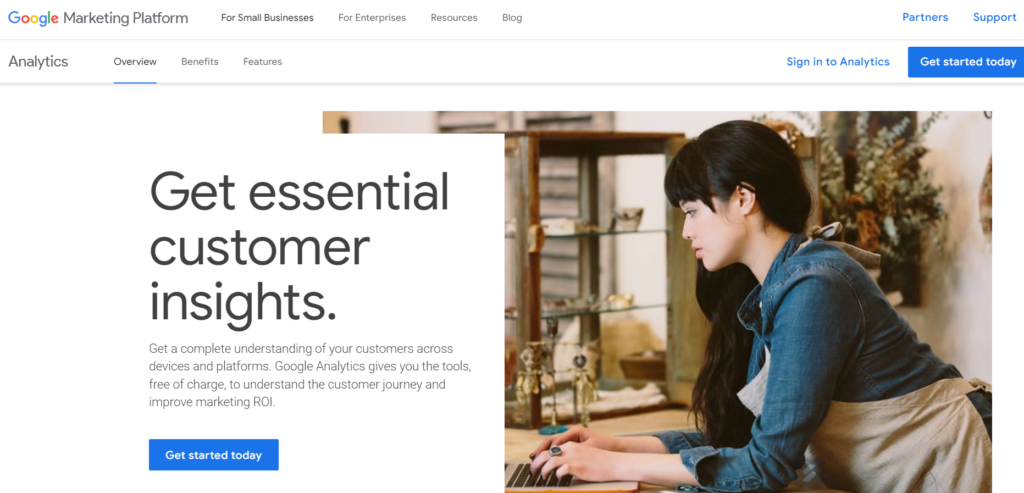
Why It Matters: Tracking email performance helps you understand what works and what doesn’t, allowing for data-driven improvements.
How to Do It:
- Open Rates: Track how many recipients open your emails.
- Click-Through Rates (CTR): Measure the effectiveness of your email links.
- Conversion Rates: Assess how many actions are completed as a result of your emails.
Recommended Tool:
Google Analytics — Integrates with email platforms to provide detailed insights into email performance.
7. Automate Your Email Campaigns
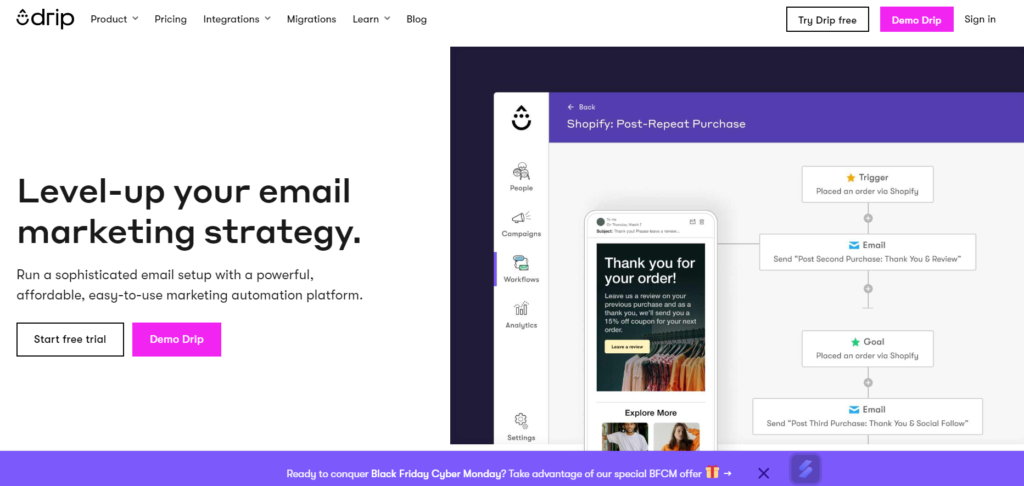
Why It Matters: Automation ensures timely and consistent communication with your subscribers, saving time and increasing efficiency.
How to Do It:
- Welcome Emails: Automatically send a greeting when someone subscribes.
- Abandoned Cart Emails: Trigger emails when users leave items in their cart.
Recommended Tool:
Drip — Offers advanced automation features to set up various triggered email campaigns.
8. Test and Optimize Your Emails
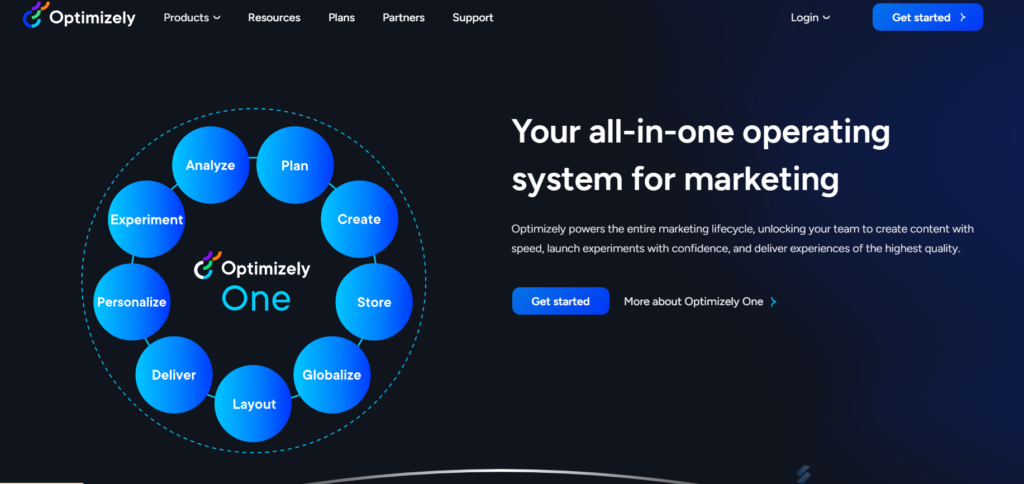
Why It Matters: Regular testing and optimization help you identify what elements of your emails perform best, leading to higher engagement rates.
How to Do It:
- A/B Testing: Experiment with different subject lines, content, and designs.
- Analyze Results: Use insights from tests to refine your approach.
Recommended Tool:
Optimizely — Provides robust A/B testing capabilities to fine-tune your email campaigns.
Beach Money: Creating Your Dream Life Through Network Marketing
9. Ensure Compliance with Email Regulations

Why It Matters: Compliance with regulations like GDPR and CAN-SPAM helps you avoid legal issues and build trust with your audience.
How to Do It:
- Obtain Consent: Ensure subscribers provide clear consent to receive emails.
- Include Opt-Out Options: Make it easy for subscribers to unsubscribe.
- Protect Data: Securely handle and store subscriber information.
Recommended Tool:
OneTrust — Helps manage compliance with data protection regulations and privacy laws.
10. Engage with Your Subscribers
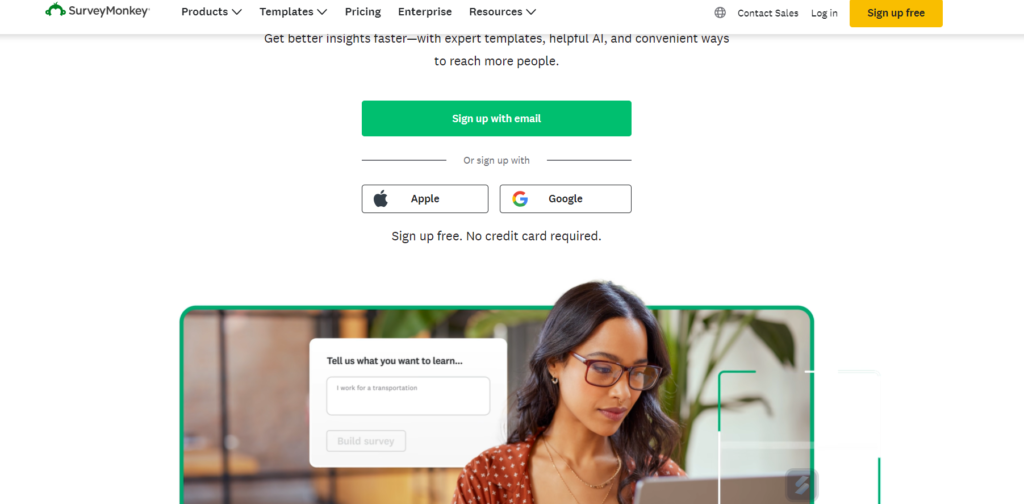
Why It Matters: Ongoing engagement keeps your audience interested and invested in your content, enhancing the effectiveness of your email marketing.
How to Do It:
- Regular Content: Send valuable updates and relevant information.
- Feedback Requests: Solicit feedback to understand and address subscriber needs.
Recommended Tool:
SurveyMonkey — Allows you to create and distribute surveys to gather valuable feedback from your subscribers.
Conclusion
Effective email list management is essential for successful email marketing. By following these best practices and utilizing the recommended tools, you can enhance your email campaigns, improve engagement, and achieve better results. Regularly optimizing your approach will keep your email list in top shape and ensure your marketing efforts are as impactful as possible.


